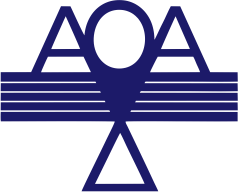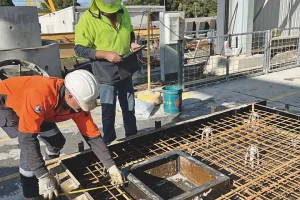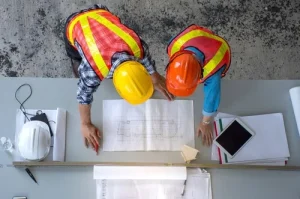Delivering construction and engineering projects on time and within budget is a common goal but not always easy to achieve. Delays, cost overruns, miscommunication and scope changes are frequent challenges that can disrupt even the best-laid plans. To stay ahead, teams need to apply solid project management practices from start to finish. These practices help maintain structure, control risks and keep everyone aligned throughout the project lifecycle.
In this article, we break down five of the best project management practices that consistently lead to timely and cost-effective project delivery.
1. Define Clear Project Scope and Objectives from the Start
Every successful project begins with a well-defined scope. This means clearly outlining what the project is meant to achieve, what is included, what is excluded and what the success metrics are. Scope clarity avoids misunderstandings, scope creep and unnecessary changes down the line.
Along with the scope, setting measurable goals and timelines helps guide decision-making. Stakeholders, contractors and team members should all agree on deliverables, milestones and performance expectations before work begins. When everyone has a shared understanding of the project’s direction, coordination becomes easier and more efficient.
Tools like project charters, Gantt charts and scope statements are useful in this phase. The Project Management Institute recommends these tools as part of best practices for scope and timeline definition.
2. Develop a Realistic and Flexible Project Schedule
A good schedule does more than list deadlines. It accounts for resource availability, lead times, weather conditions, review periods and unforeseen events. While it’s important to set ambitious targets, the schedule must also be realistic.
Use modern scheduling tools like Microsoft Project or Primavera P6 to map out the project timeline. Include:
- Task dependencies
- Critical paths
- Buffer time for delays
- Resource allocation per task
Flexibility is equally important. Delays can happen, and schedules should allow for quick adjustments. Regularly updating the schedule based on progress reports helps teams adapt and stay on track.
According to Smartsheet, visual tools and collaborative platforms increase transparency and allow better control over the schedule.
3. Maintain Open Communication and Strong Collaboration
Poor communication is one of the biggest reasons projects fall behind or go over budget. Effective project management relies on frequent and clear communication among team members, clients, contractors and suppliers.
Establish communication protocols early. This includes:
- Weekly check-in meetings
- Clear documentation and meeting notes
- Shared dashboards for updates
- Defined channels for approvals and escalation
Collaborative tools like Trello, Slack, Asana or Microsoft Teams help maintain ongoing discussions and reduce email clutter. When all stakeholders are kept in the loop, issues are resolved faster, decisions are clearer and productivity increases.
The Construction Management Association of America (CMAA) recommends structured communication as a key factor for effective project delivery.
4. Monitor Progress and Budget Closely
Tracking actual progress against the plan is essential to avoid costly surprises. Regular monitoring allows the project team to spot deviations early and take corrective action.
Use a combination of methods for accurate tracking:
- Daily logs and site reports
- Weekly progress summaries
- Earned value management (EVM)
- Budget variance reports
By comparing actual costs and timelines to the original estimates, you can detect when spending is going off course or tasks are falling behind. Transparency with stakeholders is also key. Keeping clients and investors informed builds trust and prevents misalignment.
Budget control also involves managing change orders and approving additional spending only when justified. Many projects exceed budgets due to unapproved scope changes or late-stage modifications that could have been avoided with earlier attention.
5. Conduct Risk Assessment and Plan for Contingencies
Every project comes with risks. These may include weather delays, regulatory changes, material shortages or labor issues. Proactive risk management helps identify potential problems before they arise and gives the team time to develop mitigation strategies.
Create a risk register that includes:
- Identified risks
- Likelihood of occurrence
- Potential impact
- Preventive measures
- Response plans
Review the risk register regularly with project stakeholders. Risk awareness allows teams to move faster when challenges occur rather than scrambling to respond. Having contingency budgets and backup suppliers also provides breathing room when the unexpected happens.
The International Project Management Association (IPMA) emphasizes risk management as one of the key pillars of high-performing project management frameworks.
Using the right project management practices improves how teams plan, execute and complete projects. With a clear scope, well-structured schedule, strong communication, regular monitoring and proactive risk management, projects are more likely to meet deadlines and stay within budget. These practices are helpful for large developments and apply to small and medium-sized projects where time and budget are just as critical.
AOA Geo-Net supports your project with expert geotechnical assessments that help you plan better, reduce risk and build smarter, so contact us to get started.




